Under The Vatican
The areas immediately under the Vatican aren’t particularly well hidden when one considers that there are grates where one can simply look down into the chambers, but the ancient necropolis below those chambers require a bit of preparation to gain entry to. Visitors need to book tickets before arriving and on arrival will need to leave the vast Piazza San Pietro and pass through the Swiss Guard to scan bags and check ID before being granted access to meet a guide in the private courtyards of Vatican City.
But it’s all worth the effort to descend into the fascinating series of excavated passageways that await in Vatican Hill. The necropolis is home to a large collection of pagan mausolea — some with family artefacts still visible inside, dirt-filled grottoes and, what is believed to be the tomb of St Peter — identifiable only by a sharp right angle sticking out of one of the otherwise craggy walls. The tour then carries on into the stunning Clementine Chapel and ends amongst the Papal tombs, from where it’s possible to run straight up into the Vatican — avoiding the queues entirely.



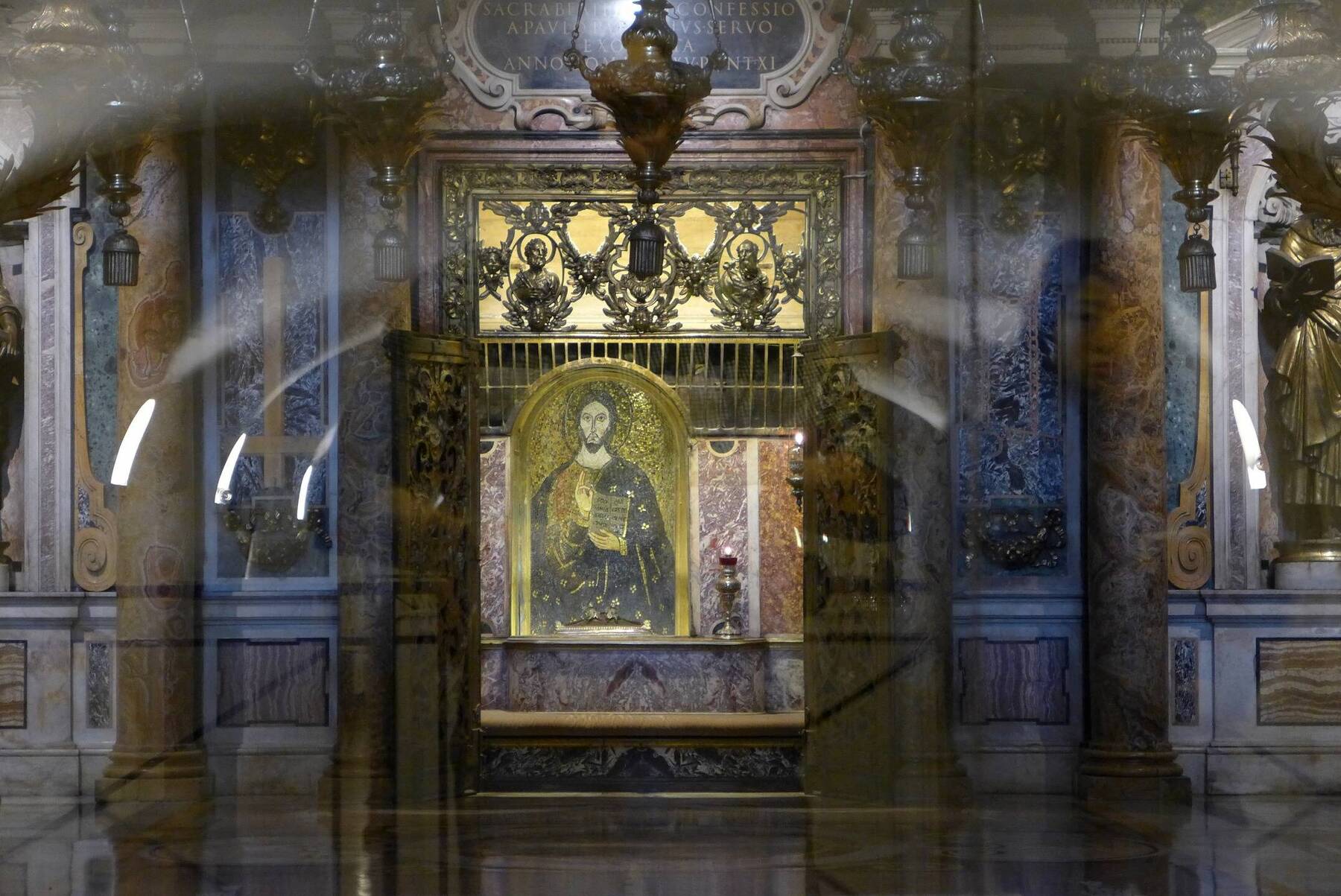
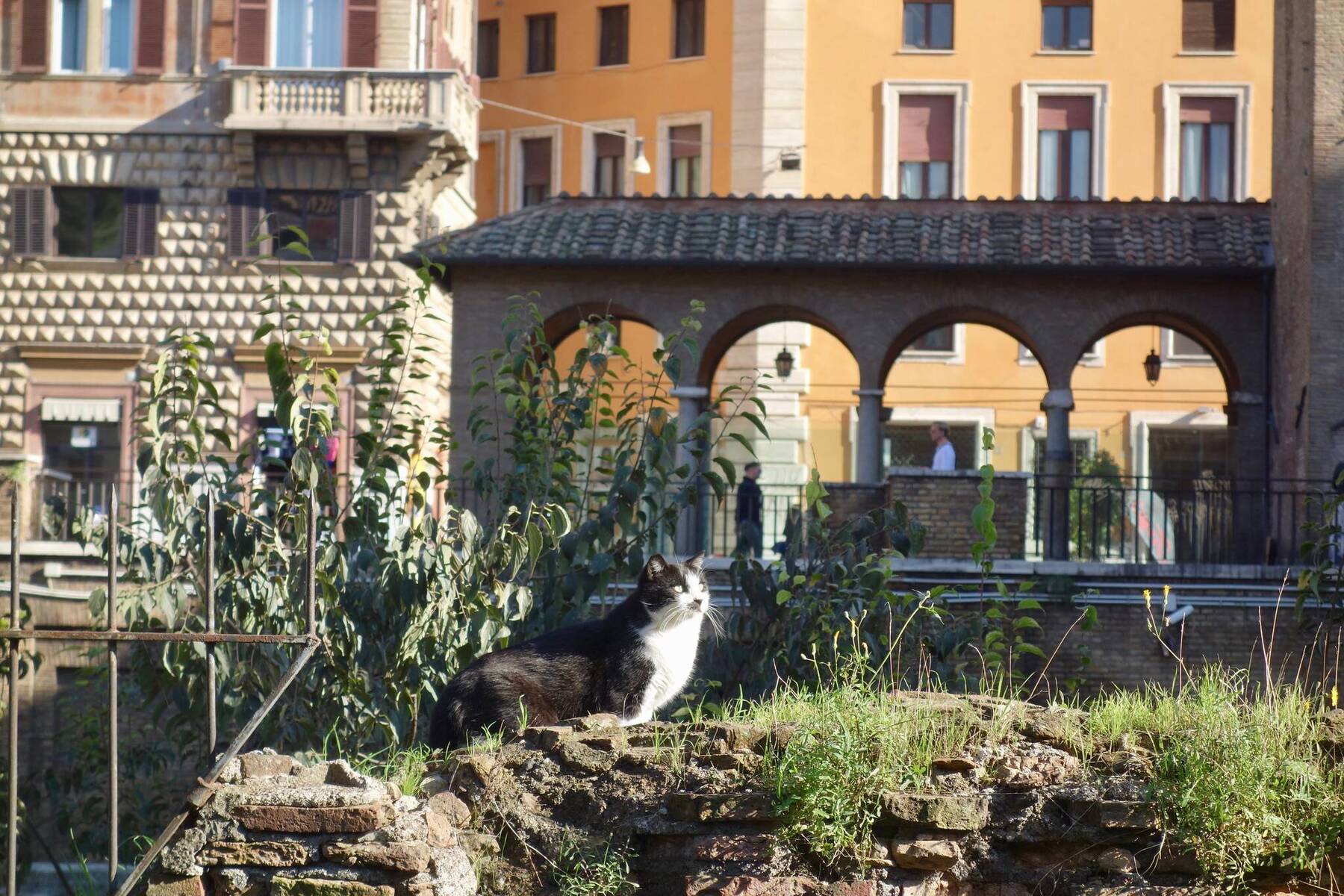
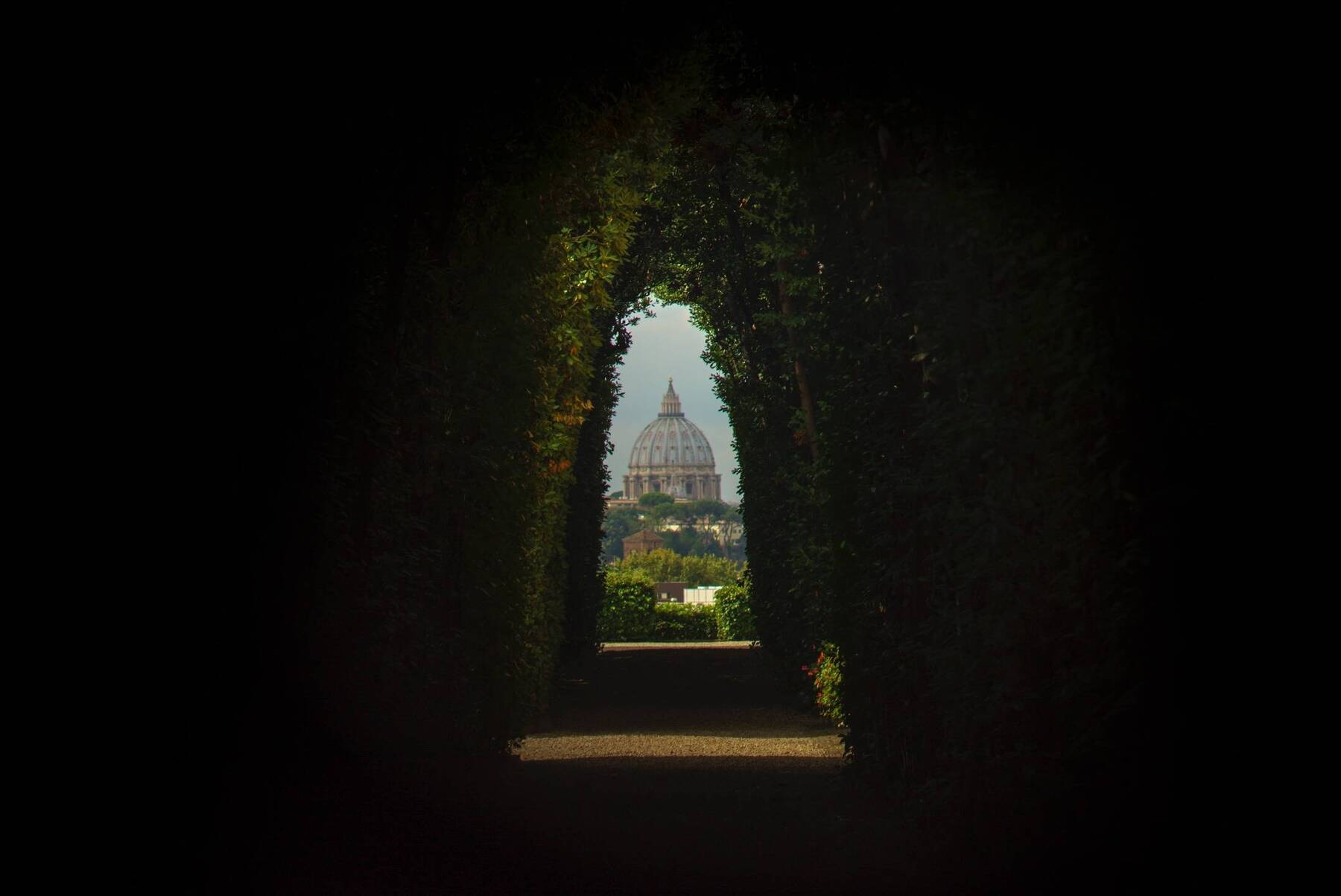
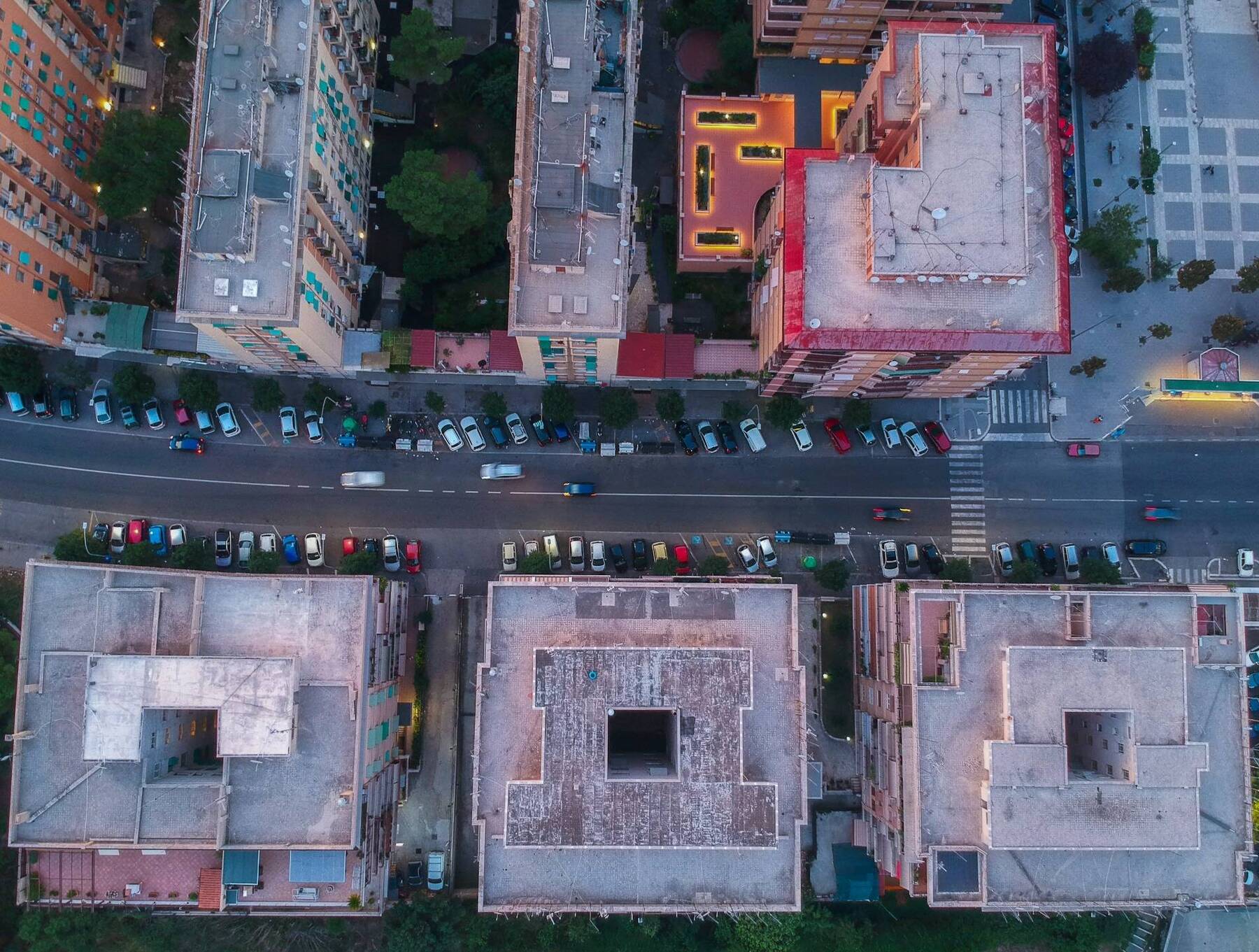
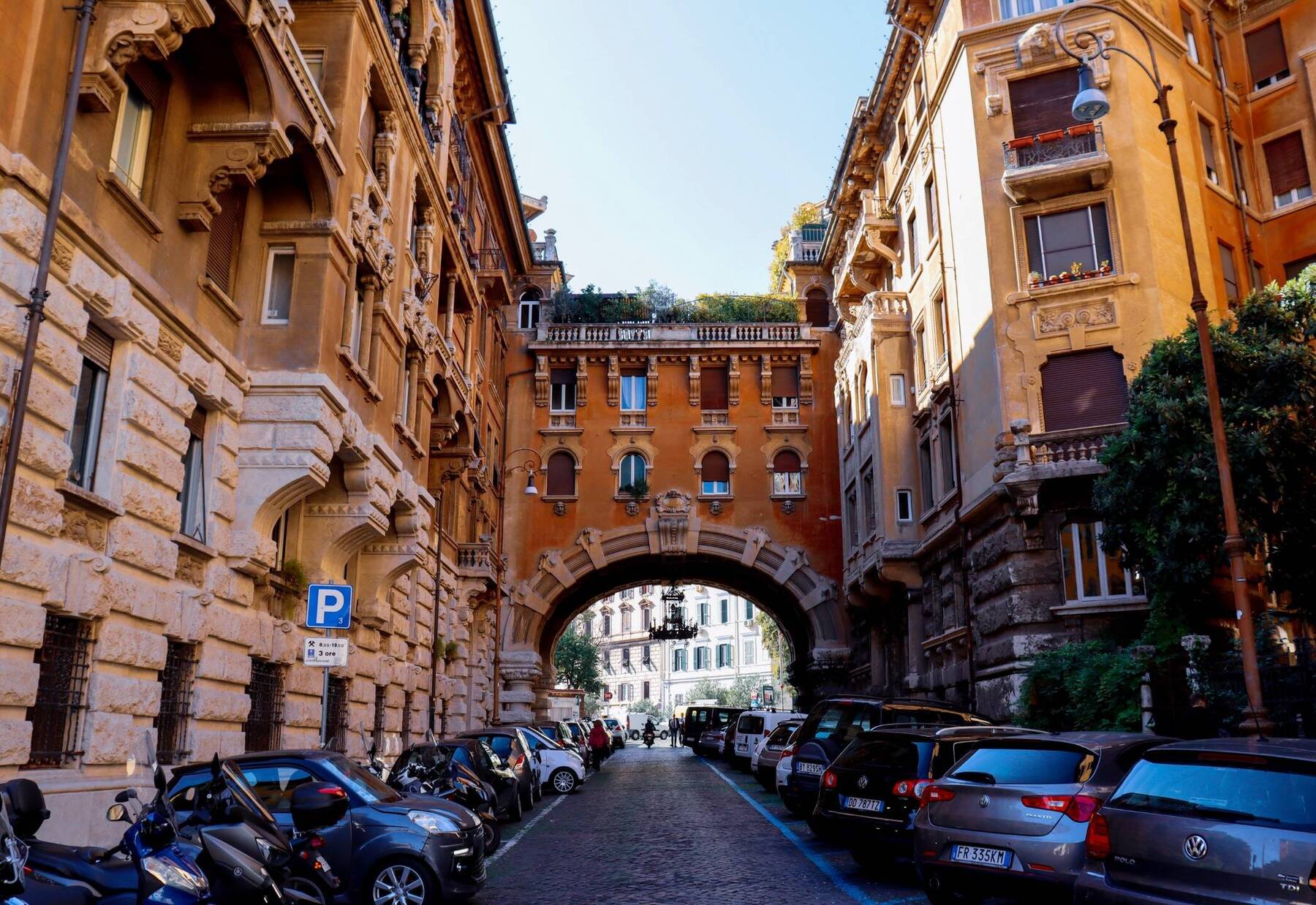


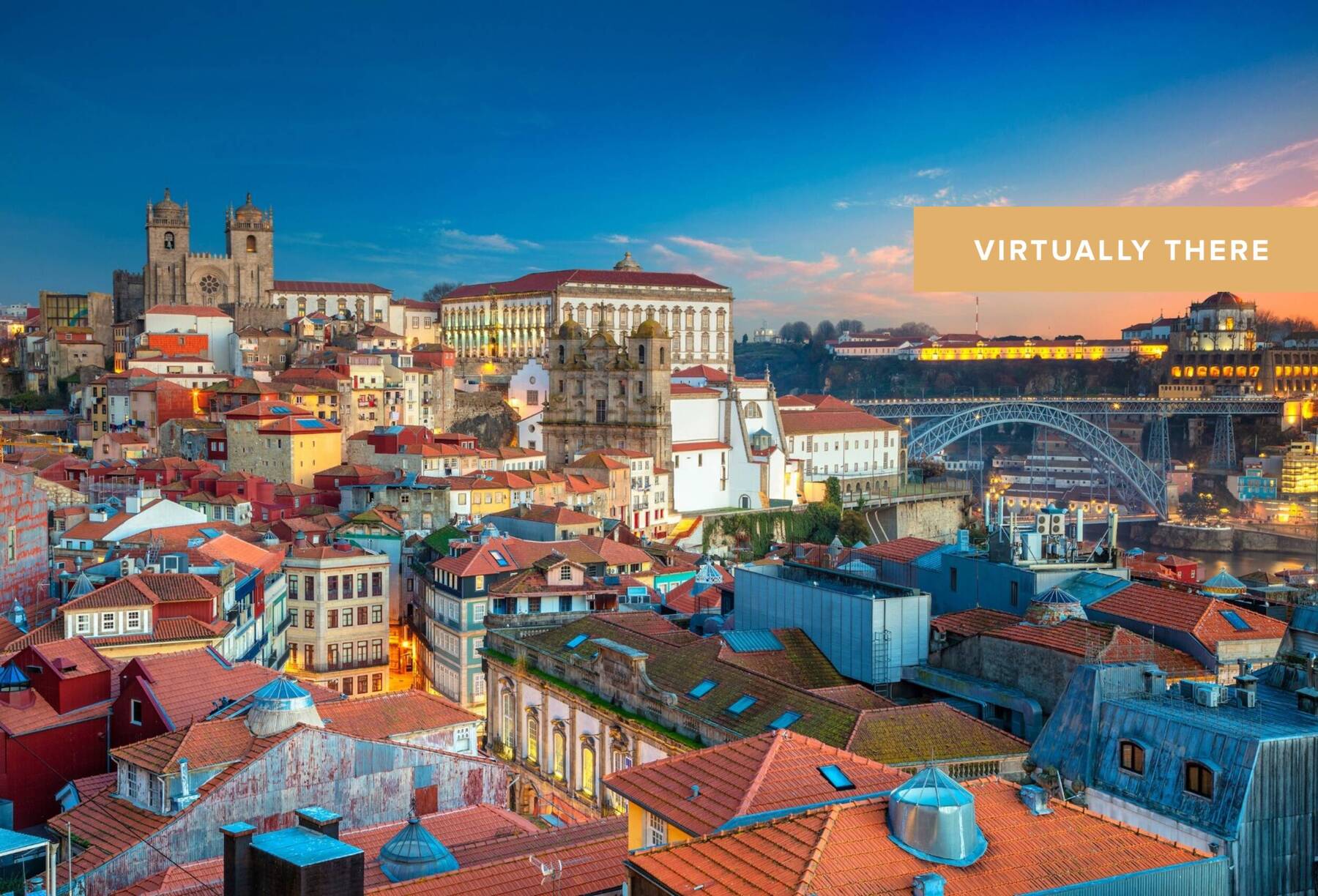




Comments